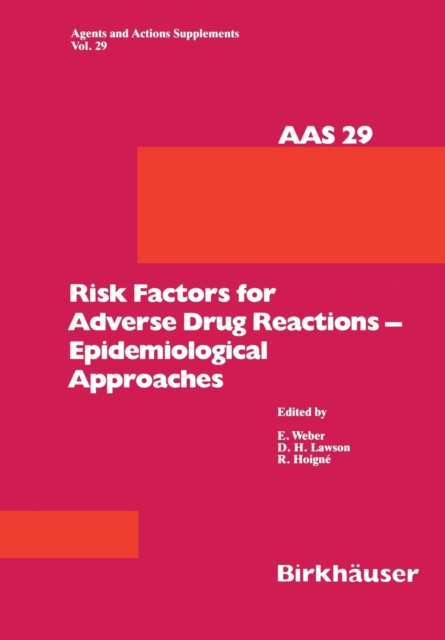
Risk Factors for Adverse Drug Reactions - Epidemiological Approaches Paperback / softback
by Weber, Lawson, Hoigne
Part of the Agents and Actions Supplements series
Paperback / softback
Description
The benzodiazepines are among the most widely-used of drugs.
However, in many countries their popularity is waning as prescribers become more aware of problems with unwanted effects and with rebound and withdrawal syndromes.
The earlier benzodiazepines were long-acting, and it was thought that their shorter-acting successors would have important advantages.
Other developments include partial agonists and partial inverse agonists, compounds acting on the benzodiazepine-GABA macro molecular site although not as a typical benzodiazepine, and anxiolytic agents acting on 5-HT pathways directly.
I shall review the problems of unwanted effects and dependence, mainly from an epidemiological view point, and then relate the pharmacological properties of the newer com pounds to possible differences in their clinical profile of adverse effects.
Adverse behavioural effects Benzodiazepines are used, inter alia, as anxiolytics and hyp notics.
The latter use exploits the sedative actions which occur at higher than anxiolytic doses.
The sedation should disappear by the time the patient wakes up.
Hypnotics are thus unique in that their wanted effect and unwanted effect are identical - sedation - but separated in time by about 8 hours.
Information
-
Item not Available
- Format:Paperback / softback
- Pages:152 pages, 152 p.
- Publisher:Springer Basel
- Publication Date:08/03/2012
- Category:
- ISBN:9783034872942
Information
-
Item not Available
- Format:Paperback / softback
- Pages:152 pages, 152 p.
- Publisher:Springer Basel
- Publication Date:08/03/2012
- Category:
- ISBN:9783034872942









